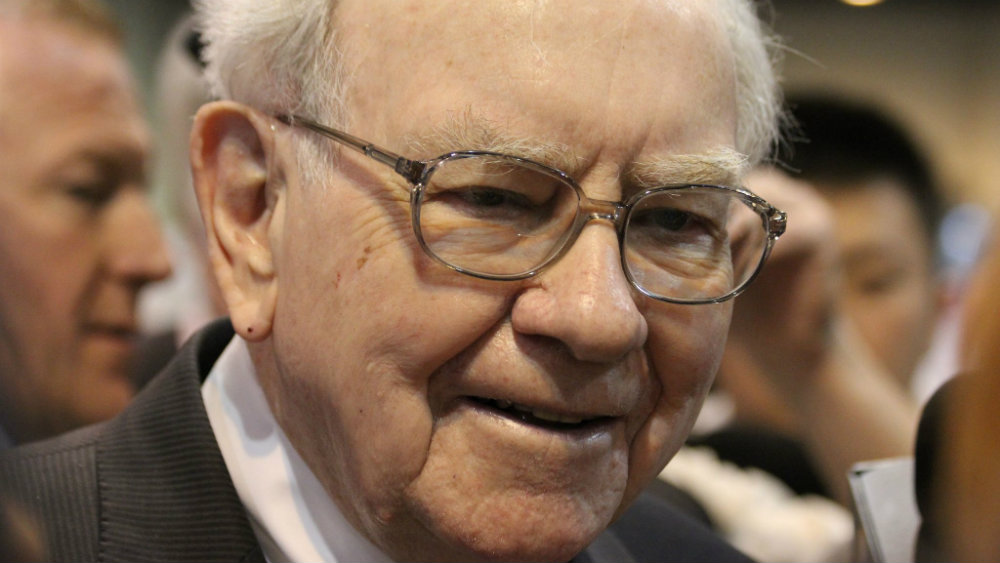If you’re reading this, I’m sure you know who Warren Buffett is. For those who don’t, he is arguably the most successful value investor and stock picker in history, with a long track record of outperforming the market over many decades.
Enough on that, though. There are volumes of books and studies written about Buffett and his particular investment style that you can peruse at your leisure. This article is more geared towards teaching you how to emulate Buffett’s style with minimal effort. Let’s get going!
Buffett’s business portfolio
Buffett’s flagship company is none other than Berkshire Hathaway (NYSE:BRK.A)(NYSE:BRK.B). Working along with his long-time partner Charlie Munger, Buffett acts as the chairman, CEO, and president, overseeing Berkshire’s operations.
Berkshire literally does it all. Through various subsidiaries, it engages in businesses including insurance, freight rail transportation, and utilities, consumer discretionary and staple products, and even industrial manufacturing. The company is a cash machine, with excellent fundamentals and management.
Berkshire also owns a hand-picked portfolio of stocks that Buffett and Munger cultivated over decades according to their value investing philosophy. These include large stakes in Apple, Coca-Cola, Chevron, Verizon, Bank of American, and Kraft-Heinz, to name a few.
Therefore, the easiest way to invest like Buffett is to simply buy shares of Berkshire, most likely the class B shares (unless you’re rich enough for the class A shares!). Simply buy consistently and go all-in during dips, and you have a high chance of reaping great returns!
Buffett’s estate portfolio
Upon Buffett’s passing, the trustee of his estate will invest 90% of his wife’s inheritance in a low-cost S&P 500 index fund and the other 10% in short-term U.S. treasury bonds.
That’s quite a departure from Berkshire’s portfolio of hand-picked value stocks, but it’s not unsurprising given Buffett’s belief in a diversified holding of U.S. large caps. Research has shown that this portfolio performs admirably, with a better risk-adjusted return than just holding 100% stocks.
If you want to copy this portfolio, it is recommended you hold this allocation in a RRSP (to avoid foreign withholding tax on U.S. distributions), and use Norbert’s Gambit as a cheap method of converting CAD to USD to buy U.S.-listed exchange-traded funds (ETFs) with.
For the 90% equity portion, my recommendation is Vanguard S&P 500 Index ETF (NYSE:VOO), which has a very cheap management expense ratio (MER) of 0.03%.
For the 10% bond portion, my recommendation is Vanguard Short-Term Treasury Index Fund ETF (NYSE:VGSH), which has a very cheap MER of 0.04%.
VOO will be driving most of your returns, allowing you to match 90% of the S&P 500’s total return, while VGSH reduces volatility slightly and allows you to park some cash to buy dips with.
The Foolish takeaway
I’m confident that an investor holding nothing but Berkshire Hathaway and the 90/10 portfolio will do exceedingly well over the long run. Personally, I would like to see a higher allocation to small-cap value stocks, international stocks, and long-term U.S. Treasury bonds. Then again, who am I to argue against Warren Buffett?









